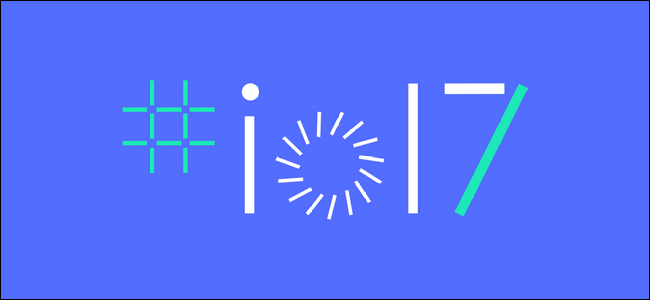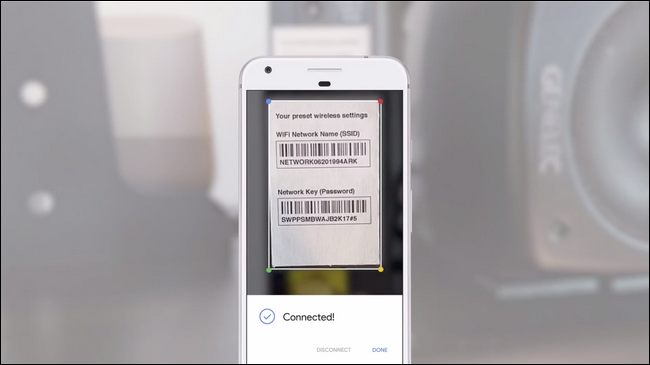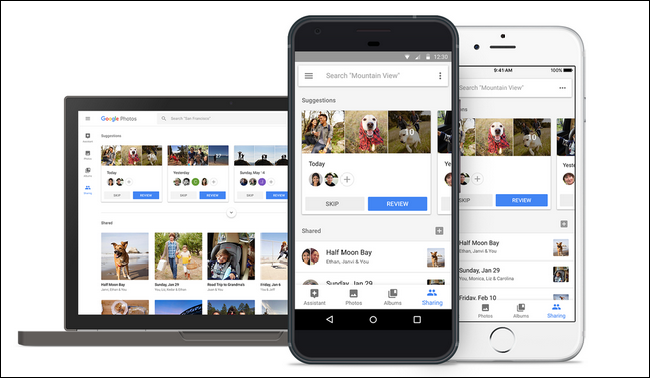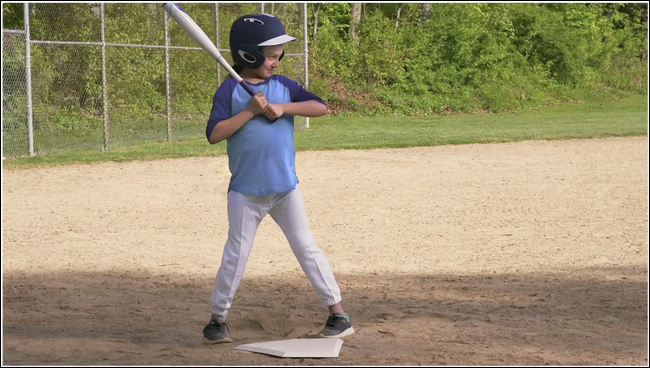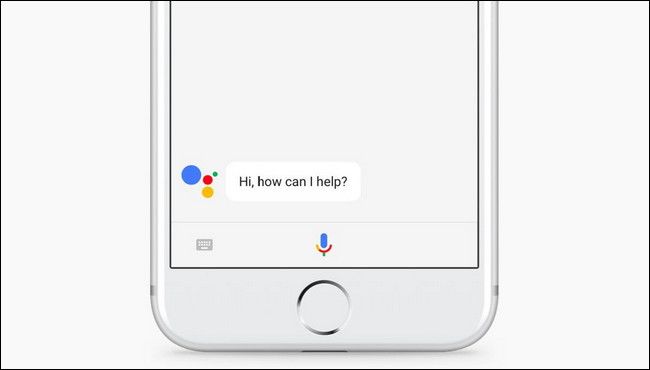Quick Links
Google's annual developer conference, Google I/O, is happening now in Mountain View, California. The company unloaded a slew of new features at the keynote, and we've been sifting through the debris to find the coolest stuff worth talking about.
Android O...h Yeah Baby
The biggest news to come out of I/O is probably Android O, which isn't technically new---Google released a alpha developer preview of O a couple of months ago. But now it's moved to beta testing and is primed with a lot of new features.
While we've already covered what's new in O with more detail, here's an overview of what to expect from the next major version of Android:
- Fluid Experiences: Picture in Picture, Smart Text Selection, Notification Dots on the home screen, and Autofill in apps are all a big part of what O will offer when it comes to user experience.
- Vitals: This is Google's plan to increase security with Google Play Protect, speed with boot time optimization, and battery life by intelligently restricting background activity for applications on O devices.
- Android Go: Google is making Android work better on lower-end budget devices with a new project internally being called "Go." Each version of Android starting with O will have a "Go build," which will be optimized for as little as 512GB of RAM. That's awesome.
- Android O Beta: Just like with Android Nougat before release, Google released a formal beta/developer preview for users to test out.
That's a quick and dirty version of the list, so check out our full post for the details.
Google Lens Makes Sense of the World Around You
Lens is an amazing looking product that will be incorporated into both Google Assistant and Photos that will be able to recognize and identify objects, signs, and a lot more.
In the demos given at the I/O keynote, Google CEO Sundar Pichai showed how Lens can identify a flower---not just as a flower in general, but the specific breed. It's mind blowing stuff. He also showed more practical application, like pointing a phone at a Wi-Fi username and password on the side of a router, to which the phone identified and automatically connected. Very cool (although honestly, if you're using the default name and password on your router, you should really change it).
Of course, it also takes over where Google Goggles left off so many years ago---it's able to translate signs or other text in languages other than your native.
With Photos integration, Lens will be able to give contextual information about any photo in your library---not just things your snapping at that moment. It's unclear how much functionality Lens will actually have inside of Photos, but it's still exciting nonetheless.
Google Photos Is Getting Even Smarter
Google says Photos is its fastest growing product in history---faster than YouTube, Gmail, or even Chrome. It currently has over 500 thousand users, and it's about to get a lot smarter thanks to features like:
- Suggested Sharing: We all forget to share pictures with people when we're supposed to, but Photos is going to have our backs. Soon it will start identifying people in pictures and asking if you'd like to share them---then let you do it with one tap. Bam.
- Shared Libraries: This will let users share their Photos library---or just specific parts of it---with another Photos user. So you can share every picture you take with your spouse, or just keep it to pics of the kids. Either way, you never have to worry about forgetting to give your significant other another shot of the family.
- Photo Books: Like printed pictures? Good, because Google is going to offer those through Photos. You can curate your images, then have them printed in either a hard or soft cover photo book. Classy.
- Smart Object Removal: We've all taken a picture with something in the way before, which ruins and otherwise excellent shot. Google Photos will soon be able to detect these obstructions, and automatically remove them. In the demo shown at the keynote, a picture was shot through a chain link fence, and Photos intelligently removed the fence. Insanity.
Here's that photo before removal:
...and here it is after:
It was just a promotional demo, so we'll see how well it actually works, but that's pretty exciting if it works even half as well as it claims.
What's New with Google Assistant
Google Home, Google's Assistant in a speaker project, is getting a lot more powerful with some of the coming updates. There's a lot to love about where Home is going, but we'll try to keep it short and sweet.
- Cross-device integration: In its current state, Home isn't quite aware of other Android devices in your home. That's all about to change---it will not only be aware of other devices, but be able to communicate with them and send visual data to things like your TV of phone. Boom.
- Reminders and Calendar appointments: This is something that should've been available at launch, but Home will finally be able to set appointments and reminders. Finally.
- Proactive Notifications: Home is going to start paying attention to things like calendar appointments and let you know ahead of time if there's a conflict---like traffic backups and whatnot. It will blink, letting you know there's a notification you need to listen to.
- Calling: Home will be able to make phone calls for free in the US and Canada. Excellent.
In addition to that, Google has some awesome stuff in the works for Assistant itself as a whole, including:
- Text interaction: In its current state, you can literally only talk to Assistant. But soon, you'll be able to long-press that home button and type to your Google Assistant, which will be great for those times when speaking just isn't practical.
- Assistant on iOS: Android users aren't the only ones who will be able to take advantage of Assistant now, as the company just released it for iOS. Congratulations iPhone users, you guys are going to love this.
- Actions on Google is coming to phones: Google Home can do a lot of things that other Assistant devices---like your phone---can't. Things like control smart home devices and the like; you know, actual useful stuff. That's going to change, because these actions are coming to Assistant on both Android and iOS. Your Google Assistant is about to get a lot more useful.
- A full SDK for Assistant integration into other products: This is more developer-y, but for the consumer it means Assistant can be baked into more products---everything from your fridge to car could run Assistant in the future.
While there's a lot of behind the scenes stuff going on as well (Google I/O is a developer conference, after all), this is a collection of the best forward-facing things that consumers have to look forward to. Overall, I'd say the takeaway from this year's conference is that Google is looking to build a more unified user experience at its core, and it seems to be centering this push around Assistant. I, for one, think this is an excellent move, and one that I hope pulls the OS together across all devices.

